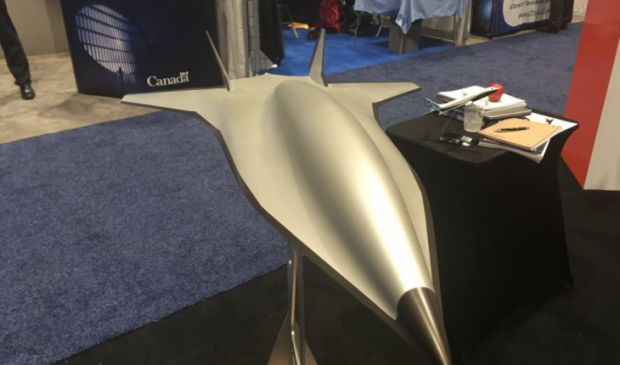
Breaking News
 2 Hours of Retro Sci-Fi Christmas Songs | Atomic-Age Christmas at a Snowy Ski Resort
2 Hours of Retro Sci-Fi Christmas Songs | Atomic-Age Christmas at a Snowy Ski Resort
 Alternative Ways to Buy Farmland
Alternative Ways to Buy Farmland
 LED lights are DEVASTATING our bodies, here's why | Redacted w Clayton Morris
LED lights are DEVASTATING our bodies, here's why | Redacted w Clayton Morris
Top Tech News
 Travel gadget promises to dry and iron your clothes – totally hands-free
Travel gadget promises to dry and iron your clothes – totally hands-free
 Perfect Aircrete, Kitchen Ingredients.
Perfect Aircrete, Kitchen Ingredients.
 Futuristic pixel-raising display lets you feel what's onscreen
Futuristic pixel-raising display lets you feel what's onscreen
 Cutting-Edge Facility Generates Pure Water and Hydrogen Fuel from Seawater for Mere Pennies
Cutting-Edge Facility Generates Pure Water and Hydrogen Fuel from Seawater for Mere Pennies
 This tiny dev board is packed with features for ambitious makers
This tiny dev board is packed with features for ambitious makers
 Scientists Discover Gel to Regrow Tooth Enamel
Scientists Discover Gel to Regrow Tooth Enamel
 Vitamin C and Dandelion Root Killing Cancer Cells -- as Former CDC Director Calls for COVID-19...
Vitamin C and Dandelion Root Killing Cancer Cells -- as Former CDC Director Calls for COVID-19...
 Galactic Brain: US firm plans space-based data centers, power grid to challenge China
Galactic Brain: US firm plans space-based data centers, power grid to challenge China
 A microbial cleanup for glyphosate just earned a patent. Here's why that matters
A microbial cleanup for glyphosate just earned a patent. Here's why that matters
 Japan Breaks Internet Speed Record with 5 Million Times Faster Data Transfer
Japan Breaks Internet Speed Record with 5 Million Times Faster Data Transfer
Boeing reveals the model for a competing design for a reusable hypersonic plane

Boeing is planning a two-step process beginning with flight tests of an F-16-sized, single-engine proof-of-concept hypersonic precursor vehicle leading to a twin-engine, full-scale operational vehicle with about the same dimensions as the 107-ft.-long SR-71.
Boeing will expand on research from its past X-43 and X-51 Waverider experimental aircraft, which were tests of unmanned hypersonic planes, as the company refines a new aircraft design.
Boeing and Lockheed Martin are studying turbine-based combined cycle (TBCC) engines along with Orbital ATK and Aerojet Rocketdyne.
A TBCC engine would use a conventional turbojet to achieve speeds up to about Mach 3, the limit for a turbojet, and then transition to a dual ramjet/scramjet, which must be traveling at speeds over Mach 3 to work properly, compressing air from the intake to achieve combustion without an axial compressor. The ramjet/scramjet would then carry an aircraft to speeds over Mach 5. The plane would need to transition back to to the turbojet to slow down and land.

 $100 SILVER CONFIRMED?
$100 SILVER CONFIRMED?

